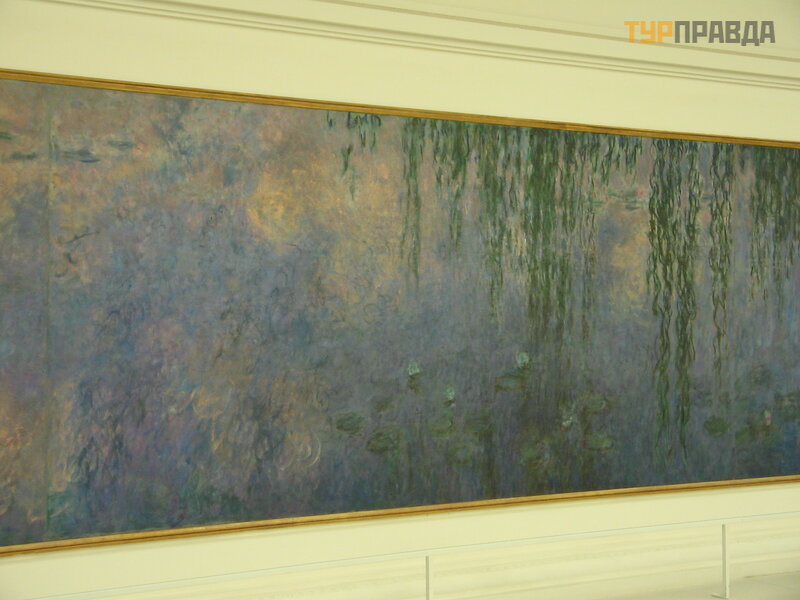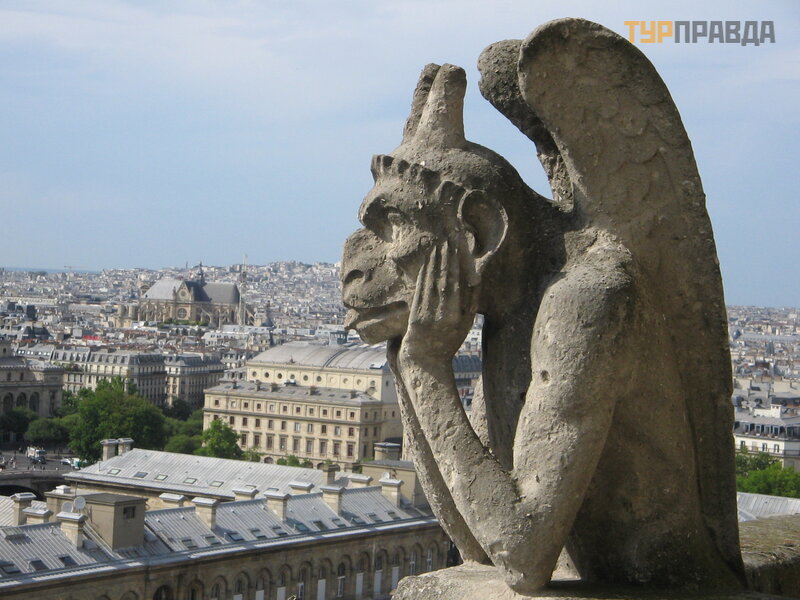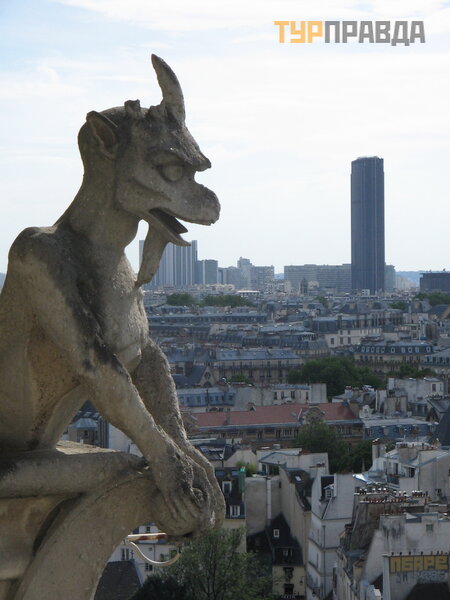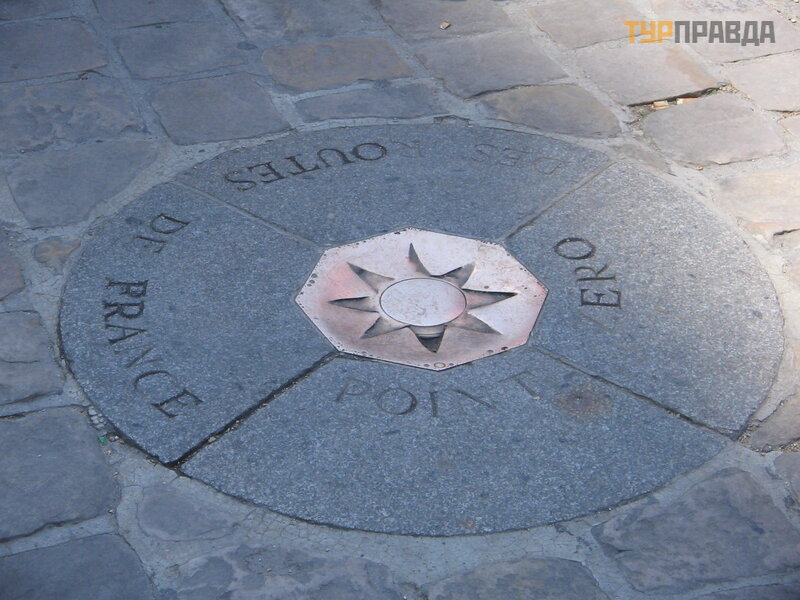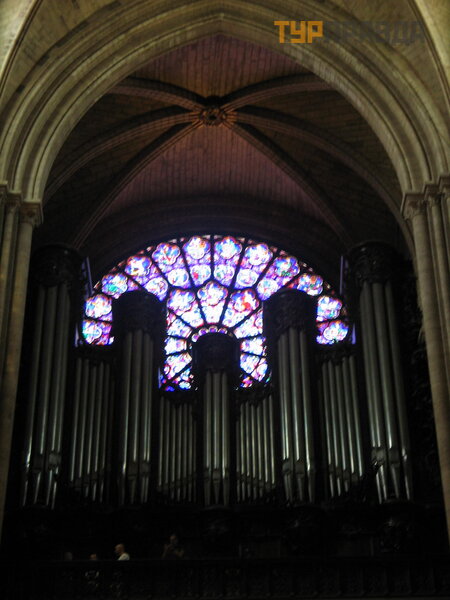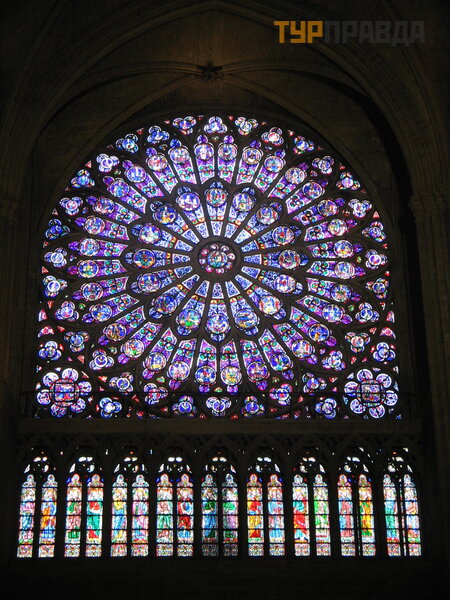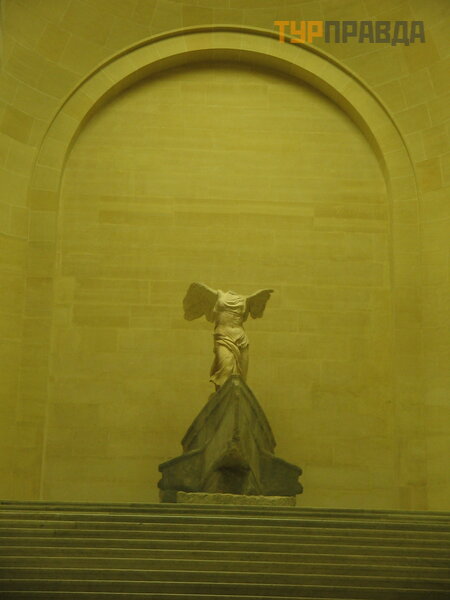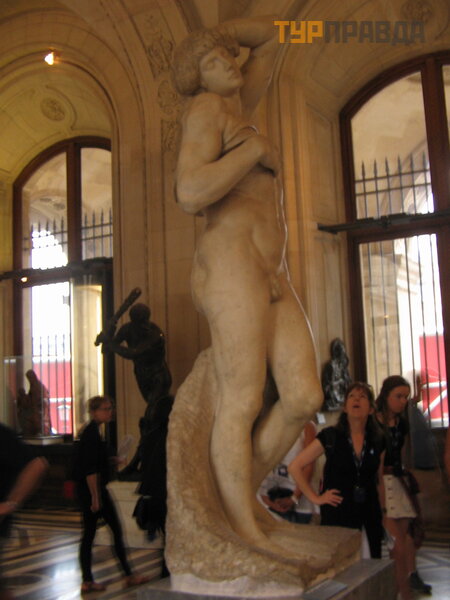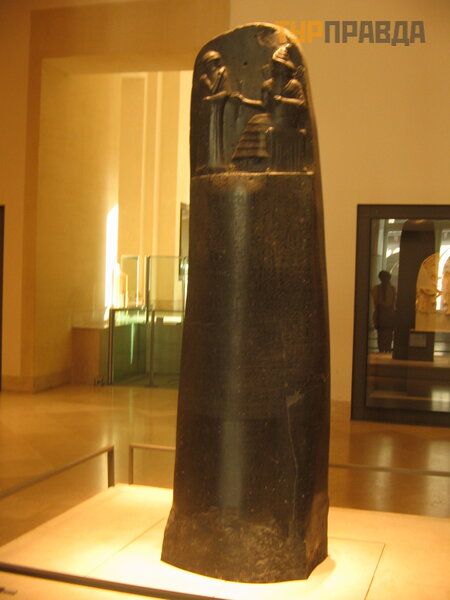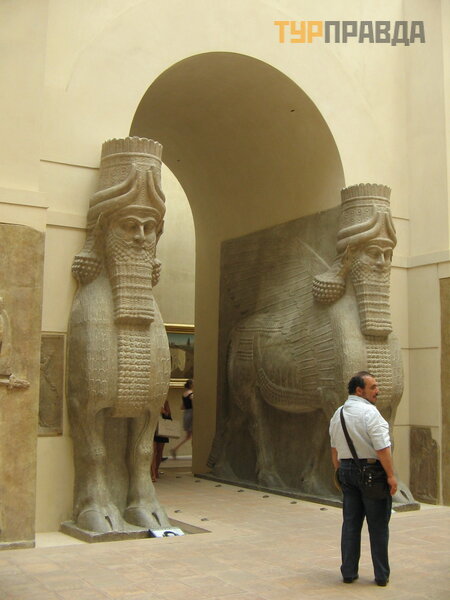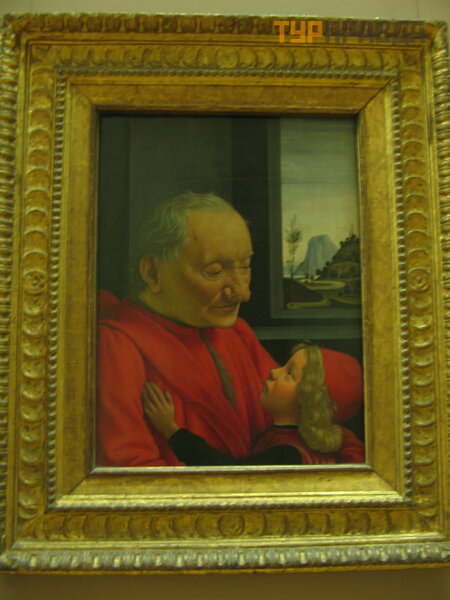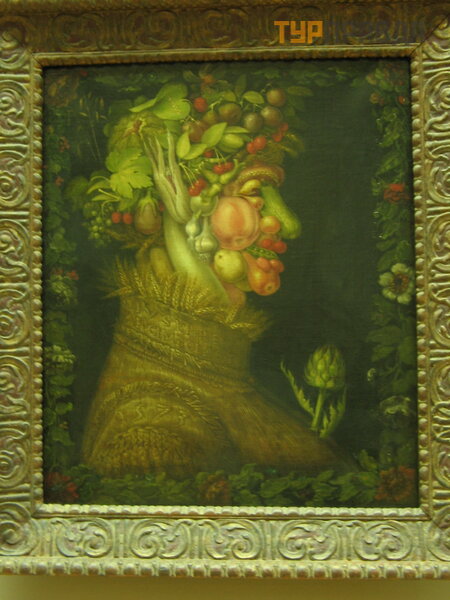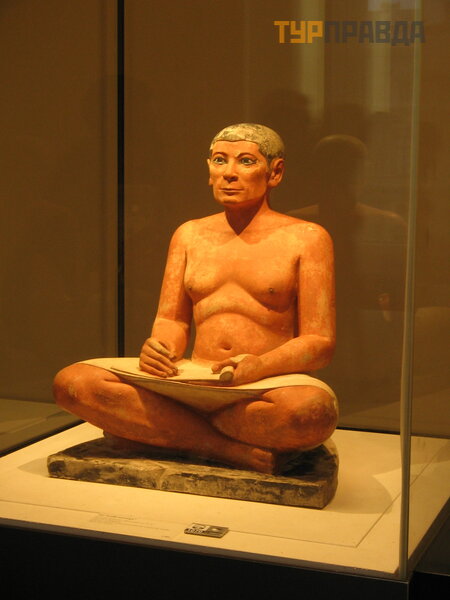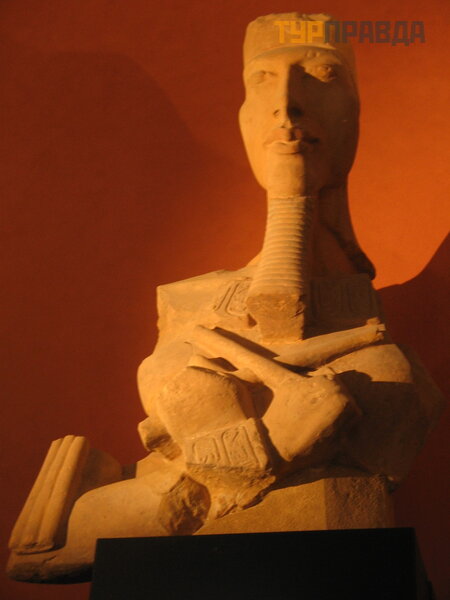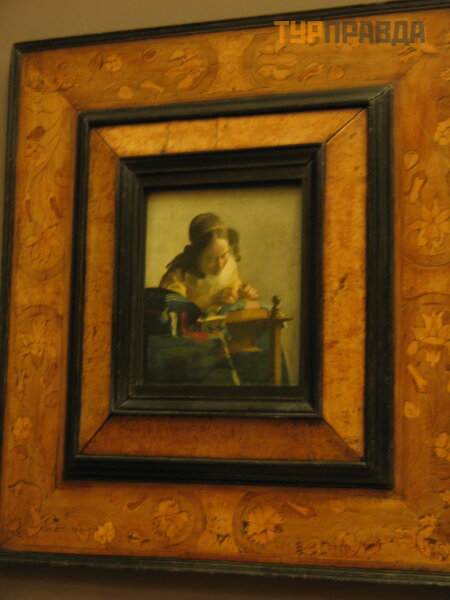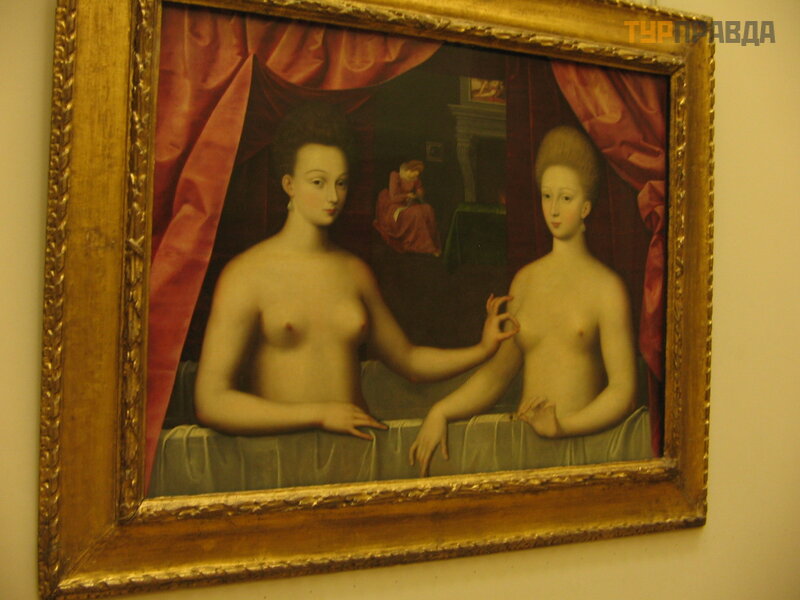Monet's Paris and the Middle Ages
Arriving in Paris alone (all night in airplanes, because I flew through Sheremetyevo), I contacted the guide by phone. She refused to go on the sightseeing tour offered to everyone and went along the route previously developed for this almost full day in the city.
Hotel Campanile (chain) Pantin is located behind the ring road, in the north-east of Paris. The fact that the hotel outside the ring found out shortly before departure, when I received an e-mail. mail sent vouchers for all the hotels on the route. There was an address with a non-Paris postal code, which surprised me greatly, but the travel agency could not explain anything to me properly. The only thing that reassured me was that the hotel is located next to the Paris metro station. This is a sleeping area, but because. the metro is across the road, I didn’t have to walk around the area. Inside the rooms there are kettles, coffee, tea, collection - it's nice to get it all. There is air conditioning. Which turned out to be very useful when in France during this period there was a suffocating heat over 30 °. I arrived at the hotel earlier than the check-in time, but they gave me a key and before the “cultural” program I was able to leave my things in the room. Separate "song" keys. These are magnetic cards. They give out one magnetic card per room, even if two people live in the room (as if two previously unfamiliar people should walk all the time together). These cards tend to demagnetize constantly. And, given that even taking the elevator without it is impossible, this is all very annoying. Breakfast is a buffet. Moreover, the hotel employee in the hall constantly and very persistently forces you to eat only from the tray (so as not to clear the tables, most likely). Looking ahead, I’ll say that they were almost the same along the entire route.
The next day, Giverny was on the itinerary of the tour. Therefore, No. 1 of my tour of Paris was the Orangerie Museum, where I was not on my first visit to Paris, but where there are water lilies painted by Monet in the water garden of his house in Giverny. Therefore, the first thing I went there, crossing the Tuileries Garden, because at that moment the Concorde metro station was closed (thanks to the Internet, I knew about this in advance, althoughI also have information in the subway).
I didn't have that "Oh, Monet's water lilies! I finally saw it. " I hung out for a long time in the two halls where they are exhibited. But there was no dialogue. Because “from Soutine” I saw only one picture in the Hermitage, and I had not seen Modigliani before (do we have any? ), then these artists turned out to be more interesting to me than Monet.
I really liked the two "portrait" paintings by Renoir. Having become accustomed to the endless colors of Renoir, you look at everything else with much greater interest. Renoir was friends with Monet, supported him in difficult periods of life. Rather, he even supported his first wife, Camille, with his eldest son, whom he simply fed while Monet was in long open-airs. Apparently, therefore, his paintings are in the Orangerie. What is the relationship of Monet with Modigliani and Soutine - I do not know. Therefore, I do not presume to guess why their paintings are also in this museum.
Next, according to the plan, there were chimeras on the tower of Notre Dame Cathedral (the queue is more than an hour, fortunately, on the shady north side of the cathedral). If you are several people, you can be on duty in line, changing. Singles have to sit on the parapet "until victory. " You will have to climb the stairs, there is no elevator (just in case). But I liked the view from the cathedral much more than the view from the Eiffel Tower 18 years earlier. Maybe because the cathedral is located in the city center, around the old city. The only sad thing is that there are more and more skyscrapers around Paris. Many more skyscrapers have been added to the Montparnasse tower and Dé fense over the years since my first visit.
It was Friday. The Louvre worked until late (close, "squeezing" visitors out of the halls, start somewhere at 21.30). Again turn: to enter the pyramid. On my last visit, I went to the Louvre through the metro, so I didn’t feel all the “charm” of standing in a long line. Since I walked from Notre Dame Cathedral on foot along the embankments, I had to go through the main entrance. I don't even know if other entrances work in the evening? And they are: from the street. Rivoli, through the Denon wing, from the Carousel arch - as indicated on the plans of the museum. Only those people who bought tickets in advance (apparently via the Internet) passed without a queue. But all this crowd is moving slowly only because at the entrance the security service checks things. All water bottles are mercilessly thrown away by the guards (despite the heat): security measures. Therefore, those who bought water from cunning merchants scurrying along the line simply threw away the money.
For those who do not know the Louvre device, I will tell you a little about the collection. (When I was in the Louvre for the first time, I could not imagine its structure, so I walked around it chaotically and did not see much. ) The Louvre is a U-shaped building. If you stand facing the pyramid, then all three "wings" are visible, each bearing its own name, indicated on the plans (there is also in Russian). The plan can be viewed in advance on the museum's website and taken from the information under the pyramid. The part of the "P" that runs along Rivoli Street (on the left) is called the Richelieu wing. The one along the Seine (on the right) is the Denon wing. On the contrary, behind the pyramid is the Sully wing with Cour Carree.
Move further depending on your preferences. The masterpieces of the museum, for which most people come here, - 3 ladies (La Gioconda, Venus de Milo and Nike of Samothrace) - are located in the Denon wing.
The Louvre has 5 levels.
Level (-2 on the plans) - Napoleon Hall - paid separately, in addition to the general ticket to the museum. Temporary exhibitions are held under the pyramid.
In the basement (-1) under the pyramid there are ticket offices, information. The remains of a medieval fortress are located in the Sully wing. Some of the huge Egyptian collection (mostly of the Greco-Roman period), of Greek sculpture - in the Denon wing. French sculpture - in the Richelieu wing. That is, here is all the hardest. Outside the museum - catering: cafes, restaurants.
At the next zero level (1st floor) in the Denon wing, you can see Venus, Nike (Victoire de Samothrace in French - on the stairs between 0 and 1 levels), Michelangelo's slaves, exhibits from Greece and Rome, including the Etruscan period .
In the Richelieu wing there is French sculpture and the monuments of the Middle East (Assyria, Mesopotamia, Carthage, etc. ; the stele with the laws of Hammurabi is located here) begin again, passing again into the Egyptian collection of the Sully wing.
Level 1 (2nd floor). Wing Denon - Italian painting (La Gioconda here). You can also see a few more paintings by Leonardo (they are in the Gallery, and not in the room where Mona Lisa is), Raphael, Botticelli, Ghirlandaio, Giotto, etc. If you like Italian painting, then you can limit yourself to this wing.
Sully's wing is a continuation of the Egyptian collection (its most famous exhibits are a seated scribe, the head of Akhenaten, "bearing gifts"). The Egyptian exhibits thus occupy almost the entire Sully wing. There are many of them, because the most famous Egyptologist Champollion was a Frenchman (he deciphered ancient Egyptian hieroglyphs), and Napoleon "collected" exhibits in all countries where he "travelled". But the Rosetta Stone, which helped Champollion decipher the hieroglyphs, you will not find in the Louvre - it is in the British Museum.
Next - some of the applied art from the side of the Richelieu wing. The entire Richelieu wing is the arts and crafts of France from different times.
2nd level (3rd floor). Denon - the collection is not marked. Sully is a French painting of the 19th century. There are a huge number of paintings by Corot, Rousseau, etc.
The Richelieu wing from the side of the Sully wing begins with paintings by French artists of the 17th century, then earlier ones, closer to the Richelieu wing. In the Richelieu wing there are paintings by Dutch, Flemish and other masters of the 15th-19th centuries. Vermeer, La Tour and others - here.
